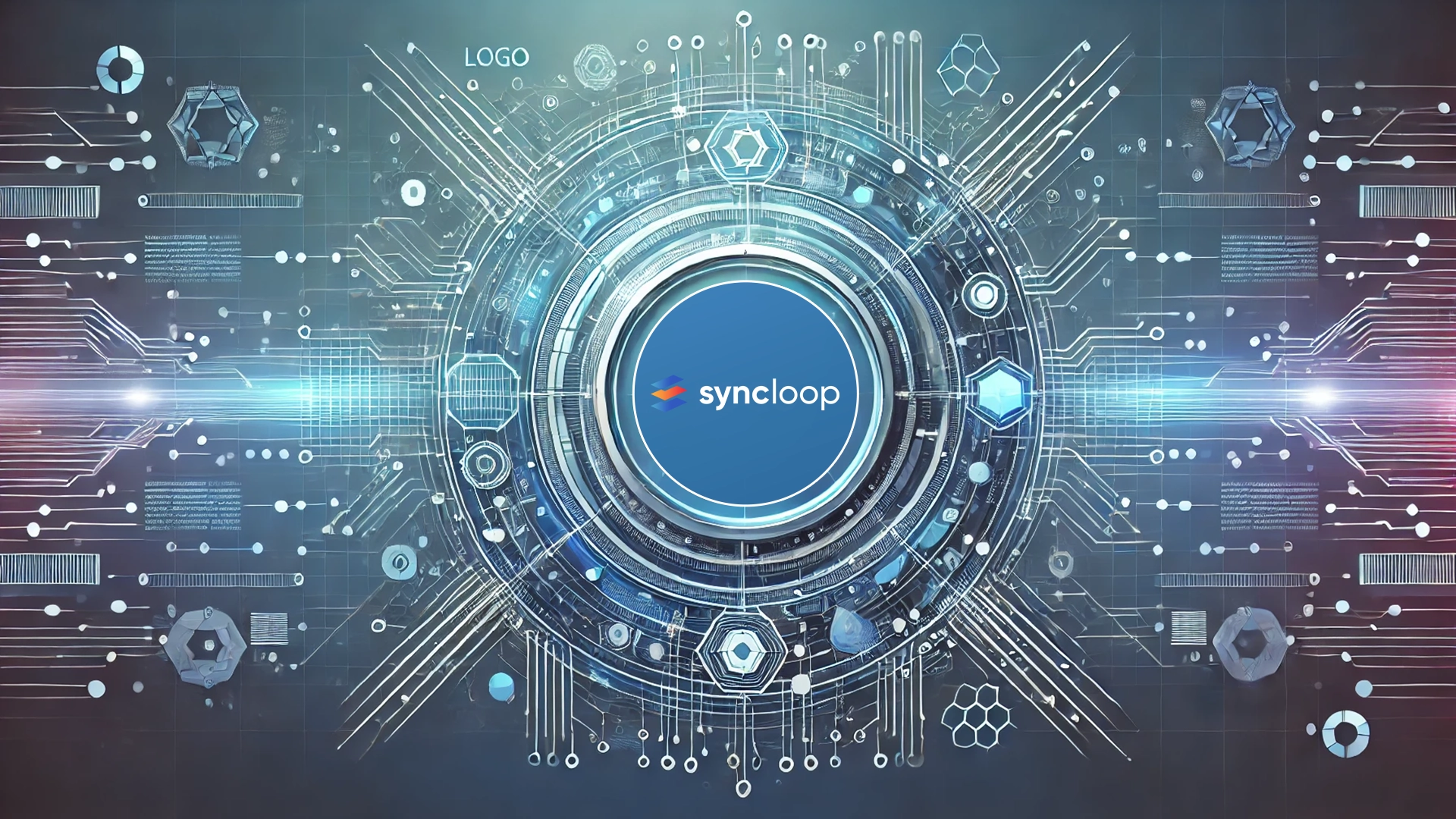Gathering Feedback for API Improvements in Syncloop

Importance of Gathering Feedback for API Improvements
Incorporating user feedback ensures that your API remains relevant, user-friendly, and effective. Feedback allows you to:
- Identify pain points and usability issues.
- Prioritize features and updates.
- Build stronger relationships with your API users.
- Stay competitive in the API market.
Strategies for Gathering Feedback with Syncloop
- API Analytics and Monitoring
- Syncloop provides robust monitoring tools to track API performance, usage patterns, and error rates.
- Analyze metrics such as latency, request volume, and endpoint popularity to infer user satisfaction.
Example: A high error rate for a specific endpoint might indicate a need for clearer documentation or improved functionality.
- In-App Feedback Mechanisms
- Use Syncloop’s interactive controls to embed feedback collection mechanisms directly into your developer portal.
- Create forms or widgets for reporting bugs, requesting features, or sharing experiences.
Example: Include a “Submit Feedback” button in your API documentation hosted via Syncloop.
- Surveys and Questionnaires
- Design targeted surveys for specific user groups.
- Automate survey distribution using Syncloop’s workflow controls.
Example: After integrating a new authentication method, send a survey asking users about their setup experience.
- Developer Community Engagement
- Foster an active developer community through forums, Slack channels, or GitHub discussions.
- Syncloop’s support for webhooks enables real-time notifications of feedback shared on these platforms.
Example: Encourage discussions about best practices and gather insights from developers directly interacting with your API.
- Beta Testing Programs
- Leverage Syncloop’s environment management tools to create beta versions of your API.
- Collect feedback from a select group of users before a full-scale release.
Example: Launch a beta for a new API endpoint and gather feedback on functionality and usability.
- Bug Reporting and Issue Tracking
- Integrate bug reporting tools like JIRA or GitHub issues with Syncloop.
- Use Syncloop’s automation features to categorize, prioritize, and resolve issues efficiently.
Example: Provide structured error messages that link directly to a feedback form or issue tracker.
- Real-Time Feedback through Logs
- Enable real-time logging to capture user actions and errors as they occur.
- Use Syncloop’s analysis tools to parse logs and identify recurring issues.
Example: Detect repeated failed authentication attempts to refine the onboarding process.
- Feedback-Driven Iteration
- Regularly update your API based on feedback, and communicate changes to your users.
- Syncloop’s version control ensures seamless transitions between iterations.
Example: After receiving requests for a specific data format, update your API to support it and announce the change via Syncloop’s developer portal.
Implementing Feedback Effectively with Syncloop
Once feedback is gathered, use Syncloop’s capabilities to:
- Prioritize Changes: Utilize IfElse logic to categorize feedback by urgency or user impact.
- Collaborate with Teams: Share feedback across teams using Syncloop’s collaboration features.
- Measure Impact: Track the effectiveness of implemented changes using Syncloop’s analytics.
Conclusion
Gathering and implementing user feedback is essential for creating APIs that deliver value and maintain user satisfaction. Syncloop’s comprehensive tools and features streamline the feedback collection process, ensuring developers can focus on delivering the best possible experience.
Back to Blogs